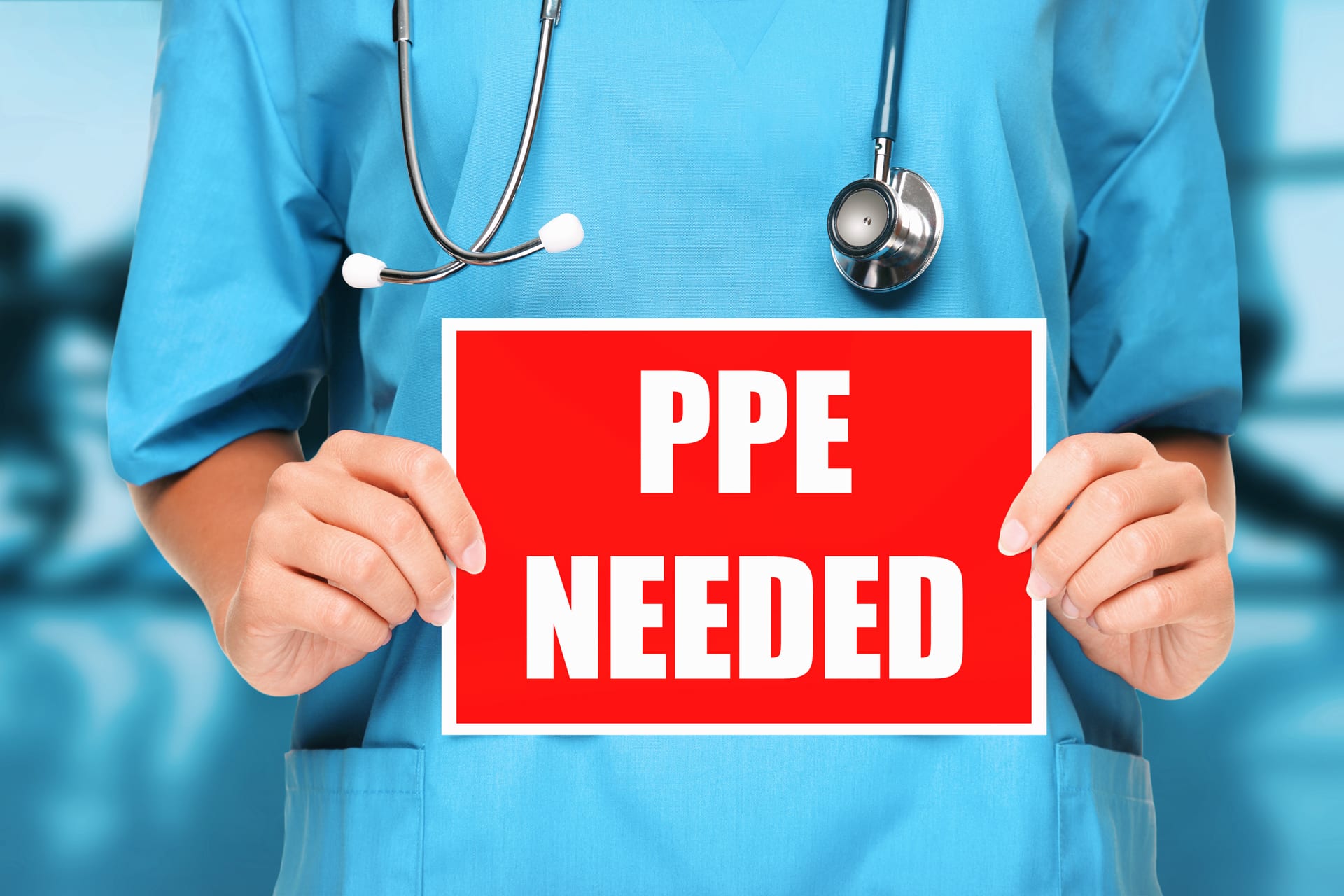
It wasn’t long ago that medical staff at top New York hospitals were forced to suit up in Hefty garbage bags to treat patients at the start of the COVID-19 crisis.
Thankfully, many manufacturing companies stepped up to provide critical personal protective equipment and fill the vast shortage that plagued our country. While talks of PPE demand have dwindled in recent months, the threat of a COVID-19 resurgence ramps up, and supply-chain shortage remains a persistent, unsolved issue. As we see COVID-19 cases spike locally, it’s worth considering both the opportunities and challenges that surround the manufacturing industry.
We’ve seen a number of local professionals within Hudson Valley and Manhattan rise to the challenge.
Many pivoted daily operations to produce various essential items like hand sanitizer, face masks, shields, and plastic partitions for safer work spaces. Without solid assurances from the government for future bulk orders, manufacturers are in a uniquely precarious financial position. Some risk significant losses if they invested in machinery, materials, employees and factory space to churn out a product with a short-lived demand. Given budgetary challenges and local volatility as the curve flattens or as regions spike, demand is unpredictable. Because no manufacturer wants to roll the dice and make a mistimed investment, many PPE manufacturers are winding down production to avoid the risk of holding surplus inventory. However, currently – twenty zip code hotspots including Hudson Valley clusters continue to cause statewide concern. What price do we pay as a society if PPE manufacturers fail to meet real demands from hospitals, nursing homes, shelters, social services providers, and home health agencies?
White House officials say U.S. hospitals have all the medical supplies needed to battle the deadly virus, but frontline health care workers, hospital officials and even the Food and Drug Administration paint a different picture.
Get Us PPE, the nation’s largest nonprofit delivering PPE to frontline facilities in need, tracks supply gaps. Their PPE Shortage Index shows that thousands of healthcare facilities and other frontline organizations are still facing alarming PPE shortages. In August, 77% of facilities in the database had no supply remaining of at least one type of PPE.
Without strategic government intervention, health care and manufacturing officials predict that PPE and medical supply shortages could persist for years.
In New York, state and federal officials announced measures to boost domestic production of medical supplies, alleviating future shortages. About $11 million in grants have been awarded to 20 New York-based companies to retool operations and manufacture COVID-19 supplies. Some experts even recommend formulating a Manufacturing Reserve Corps to lessen supply-chain pressure in future health-care emergencies. Just as aerospace & defense companies do with government contracts, advocates suggest a U.S.-based, pre-approved network of manufacturing companies could build out the Strategic National Stockpile. Building this network would have a clear economic and societal return on investment. Though manufacturing makes up only 9% of U.S. employment, it drives 35% of productivity growth, 60% of exports, and 70% of private-sector R&D, according to the McKinsey Global Institute.
It remains a challenge for industry experts to strike a balance between financially sound production and crisis preparedness, but it’s the conundrum we currently find ourselves in.
The United States can make policy and investment decisions now to improve our pandemic response and help us avoid or minimize the shortages that marked the early days of the pandemic. For more information about smart financial planning for your company, contact our professionals at RBT CPAs, LLP today!
